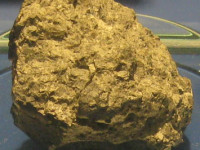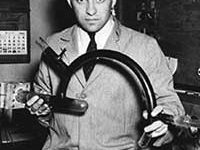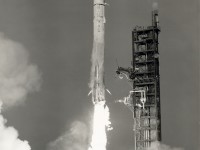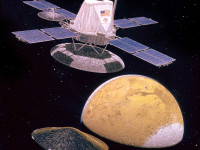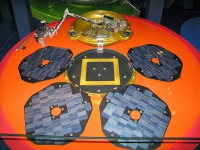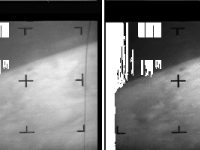Allan Hills 84001 and Is There Life on Mars?
Allan Hills 84001 (commonly abbreviated ALH 84001) is a meteorite that was found in Allan Hills, Antarctica on December 27, 1984 by a team of U.S. meteorite hunters. What makes it so special that it is responsible for worldwide headlines on August 6, 1996, when NASA scientists announced that it might contain evidence for microscopic fossils of Martian bacteria based on carbonate globules observed. A Meteorite from a “Wet” Mars ALH84001 is a meteorite thought to…
Read more

